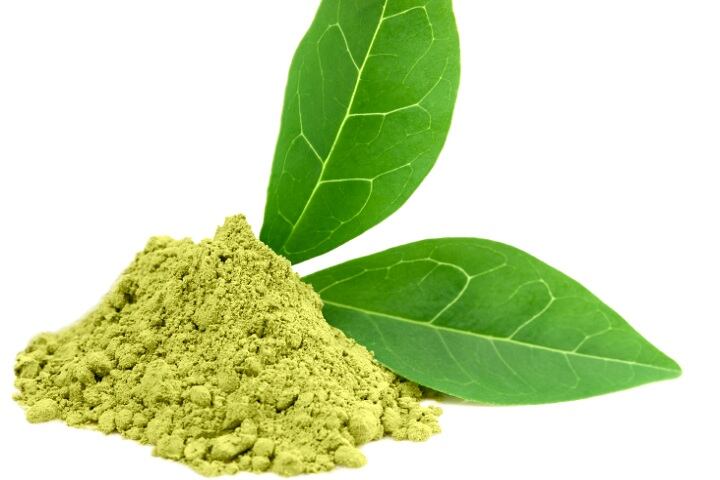A purified composition of the berries disrupted the formation of skin lesions in mice infected with methicillin-resistant Staphylococcus auereus (MRSA).
The compound’s mode of action targets the gene that allows the S. auereus cells to talk to one another.
Interfering with this communication prevents the bacteria from monitoring their population numbers and adjusts gene activity accordingly - a process known as quorum quenching.
"It essentially disarms the MRSA bacteria, preventing it from excreting the toxins it uses as weapons to damage tissues," said Dr Cassandra Quave, an assistant professor at Emory University.
"The body's normal immune system then stands a better chance of healing a wound."
Botanical power
The findings identify this extract as potential botanical ingredient in future anti-virulence therapies.
In addition, the researchers also believe this plant could be a natural resource in eradication efforts, which resort to toxic herbicides including harmful glyphosates.
Quorum-quenching has previously been demonstrated as an effective strategy to prevent and treat S. aureus skin infections and could be used to improve therapeutic response to MRSA infections, especially related to the skin and soft tissues.
The European Centre for Disease Prevention and Control has said that the percentage of invasive microorganisms resistant to meticillin (MRSA) is above 25% in seven of 29 reporting countries, mainly in Southern and Eastern Europe.
In 2016, the United Nations called antibiotic-resistant infections a 'fundamental threat' to global health and safety, citing estimates that they cause at least 700,000 deaths each year worldwide, with the potential to grow to 10 million deaths annually by 2050.
Experimental set-up
Here the research team used multiple strains of S. aureus, which follow a certain mechanism of action in order to regulate gene activity.
S. aureus cells were then pelleted and resuspended in sterile saline to a concentration of 1 × 108 Colony Forming Units (CFUs)/45 microlitre (μL).
50 μL inoculum suspensions containing 1 × 108 CFUs of S. aureus cells were then given to the mice along with either 430D-F5 (50 micrograms (μg) diluted in DMSO) or DMSO alone injected into abdominal skin of mice and kept under observation for 14 days.
For determination of lesion size, digital photos of skin lesions were analysed via specialist software.
To assess any remaining harmful factors linked to cytotoxicity, human keratinocytes were exposed to a culture grown with 430D-F5 and assessed for damage using fluorescent microscopy.
Results found 430D-F5 was well tolerated by the human keratinocyte cell culture and mouse skin in vivo.
The team also found a significant reduction in skin cell death caused by a virulent strain of MRSA following the treatment of human keratinocyte cells treated with 430D-F5 concentrations as low as 8 μg micromolar (mL−1).
“In vivo assessment of the most active fraction (430D-F5) demonstrated the proof of concept that by quenching S. aureus quorum sensing, it can also inhibit the severity of necrosis at the infection site,” the study found.
“In our study, the high level of gene regulator interference resulting from a single dose of 430D-F5 corresponded with a marked attenuation of MRSA’s infectious phenotype following cutaneous challenge.“
Mother Nature muscle

Botannical solutions that have previously shown efficacy against MRSA-related infections include the isoflavanoid licoricidin found in liquorice (Glycyrrhiza glabra) and green tea polyphenols such as epigallocatechin gallate (EGCG).
The compounds have been found to significantly reduce the minimum inhibitory concentration (MIC) of the antibiotic oxacillin required to successfully treat MRSA infections.
"In some cases, you need to go in heavily with antibiotics to treat a patient," said Dr Quave.
"But there are situations where using an anti-virulence method may be just as effective, while also helping to restore balance to the health of a patient.
“More research is needed to better understand how we can best leverage anti-virulence therapeutics to improve patient outcomes."
Source: Nature
Published online ahead of print: doi:10.1038/srep42275
“Virulence Inhibitors from Brazilian Peppertree Block Quorum Sensing and Abate Dermonecrosis in Skin Infection Models.”
Authors: Amelia Muhs, James Lyles, Corey Parlet, Kate Nelson, Jeffery Kavanaugh, Alexander Horswill & Cassandra Quave
